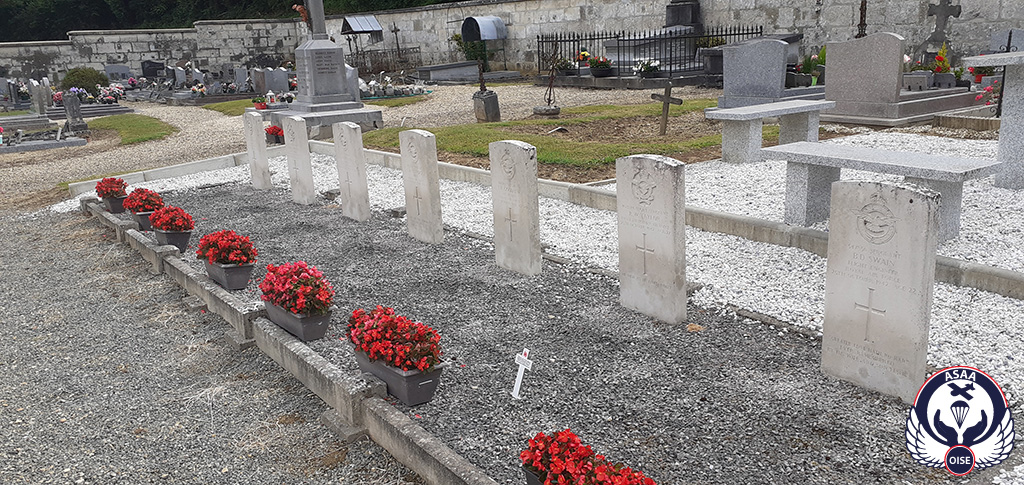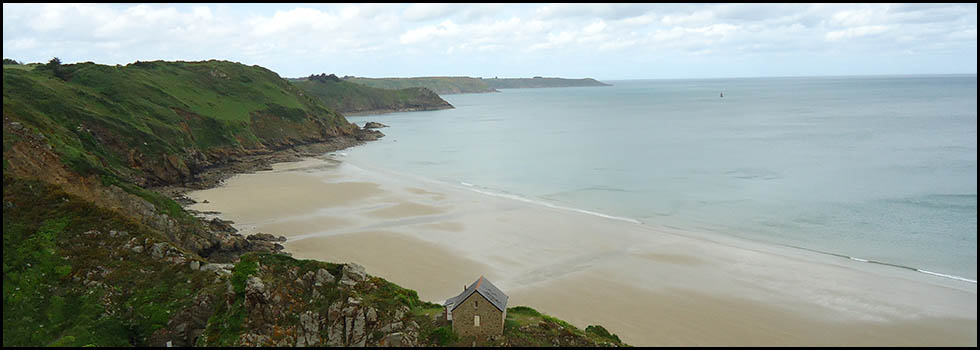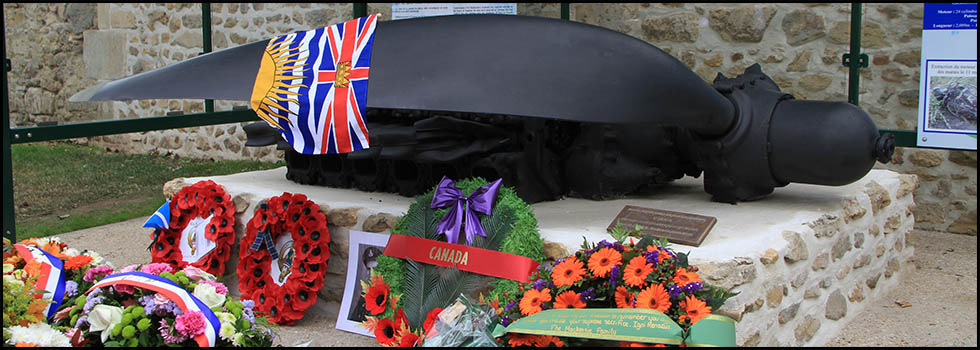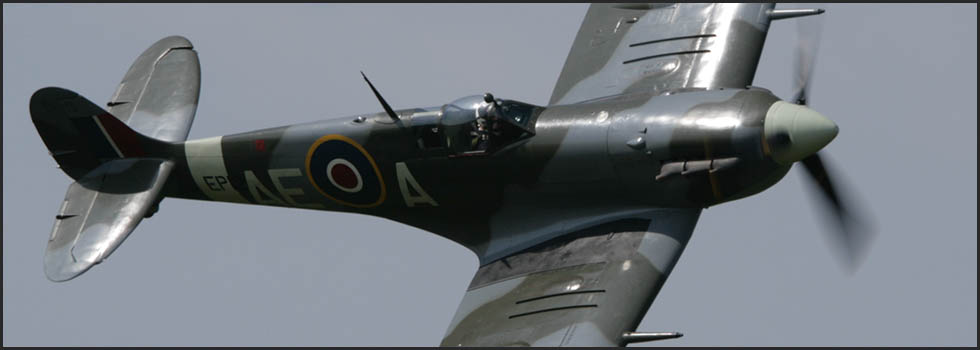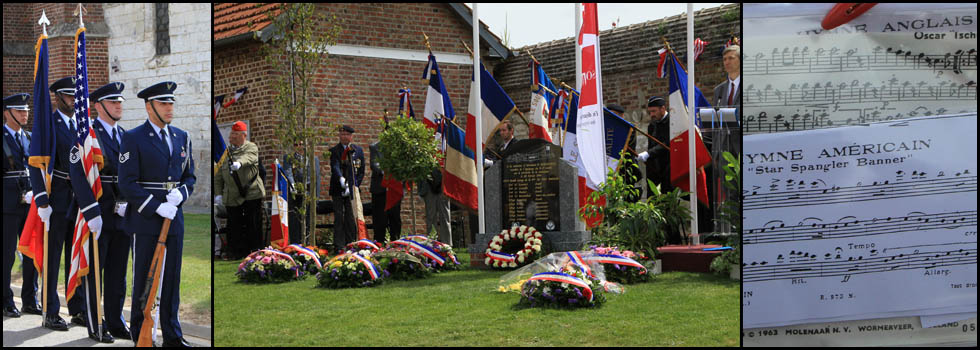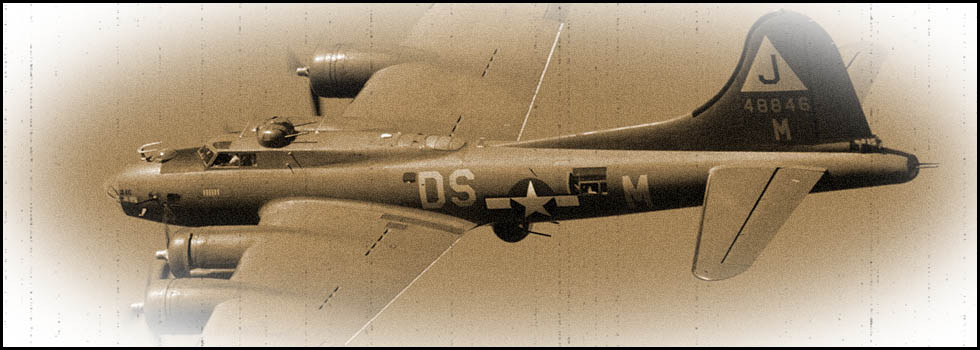24/25 October 1942
Handley-Page Halifax W1223
PM-U
RAF 103 Squadron
Moulin-sous-Touvent (Oise)
Copyright © 2023 - Association des Sauveteurs d'Aviateurs Alliés- All rights reserved -
En français ![]()
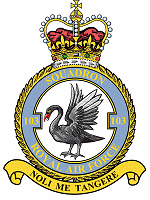
Mission: Milan (Italy) – Bombing of the Caproni aeronautical complex on the outskirts of the city.
The city of Milan, which had already suffered a heavy bombing raid by Lancasters of Group 5 on 24 October, was to be targeted again during the night of 24/25 October by bombers from Bomber Command's Groups 1 and 3 equipped with Wellingtons, Stirlings, and Halifaxes.
71 Royal Air Force bombers participated in this night raid, including those of 103 Squadron based at Elsham Wolds, Lincolnshire, which deployed 11 Halifaxes. The aircraft took off around 6:45 p.m. for this new, long-range and large-scale mission.
The crew of Halifax W1223 was taking off that night for their ninth mission.
|
Sgt. Sidney Arthur CLARIDGE |
Pilot |
20 |
RAF |
|
Sgt. Bernard Dudley SWAIN |
Engineer |
22 |
RAF |
|
P/O Ernest Adam WAGSTAFF |
Navigator |
34 |
RAF |
|
Sgt. Stanley Victor GOODHEW |
Bomb aimer |
23 |
RAF |
|
F/Sgt. Ronald Ward TAYLOR |
Wireless operator |
27 |
RAAF |
|
Sgt. Kevin William McAULIFFE |
Mid-upper gunner |
22 |
RAF |
|
F/Sgt. James MOLESWORTH |
Rear gunner |
24 |
RCAF |
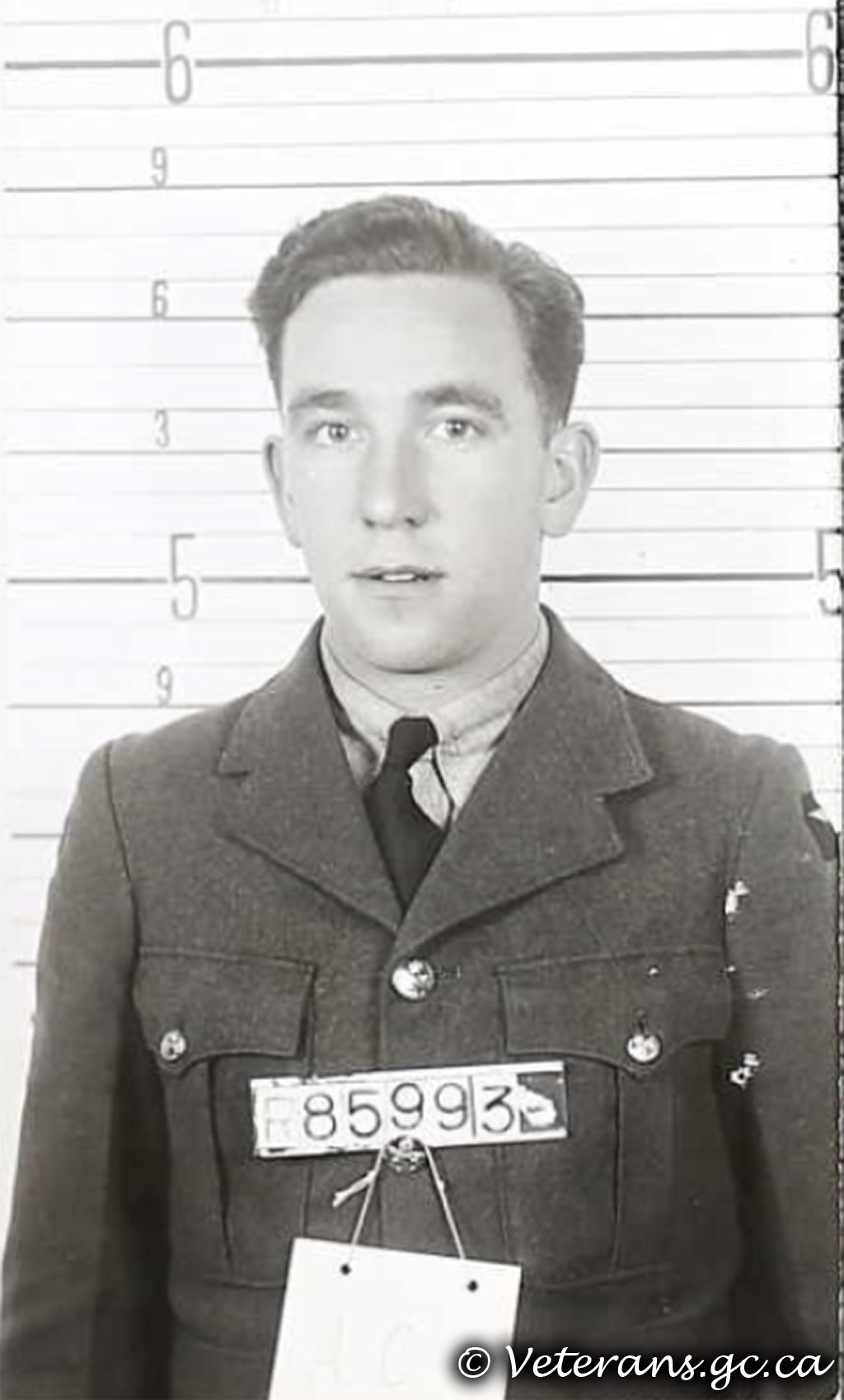
F/Sgt. James Molesworth
The bombers flew through cloud cover as far as the Alps. The weather conditions deteriorated as they approached Italy. The storm disrupted and scattered the formations. In the distance, the crews could see, reflected in the clouds, the red glow of the fires from the raid carried out a few hours earlier.
Near Milan, heavy Flak sporadically came into action, and a few searchlights swept the darkness in search of the attackers. Only 39 aircraft managed to bomb the target without causing more damage than the previous raid. The others dropped their bombs randomly on other towns and villages in the surrounding area.
Each bomber then made a desperate attempt to reach England. Arriving in the Compiègne region, Halifax W1223 was attacked by a German night fighter. The aircraft crashed around 3:00 a.m. in a field 300 meters from the Touvent farm. There were no survivors among the seven crew members.
That night, aboard his Messerschmitt-110 of 4./NJG4, Lieutenant Heinz Wilberg claimed his first victory. He claimed to have shot down a Halifax at an altitude of 3,000 meters, which crashed not far from Noyon. It was therefore likely Halifax W1223, which crashed near the village of Moulin-sous-Touvent.
Removed from the wreckage of the aircraft, the bodies of the airmen were buried in the village cemetery. German troops paid them military honours by laying wreaths on each coffin and firing three blank rounds. From the end of 1943, this chivalrous attitude would disappear when Allied airmen were considered "terrorists."
